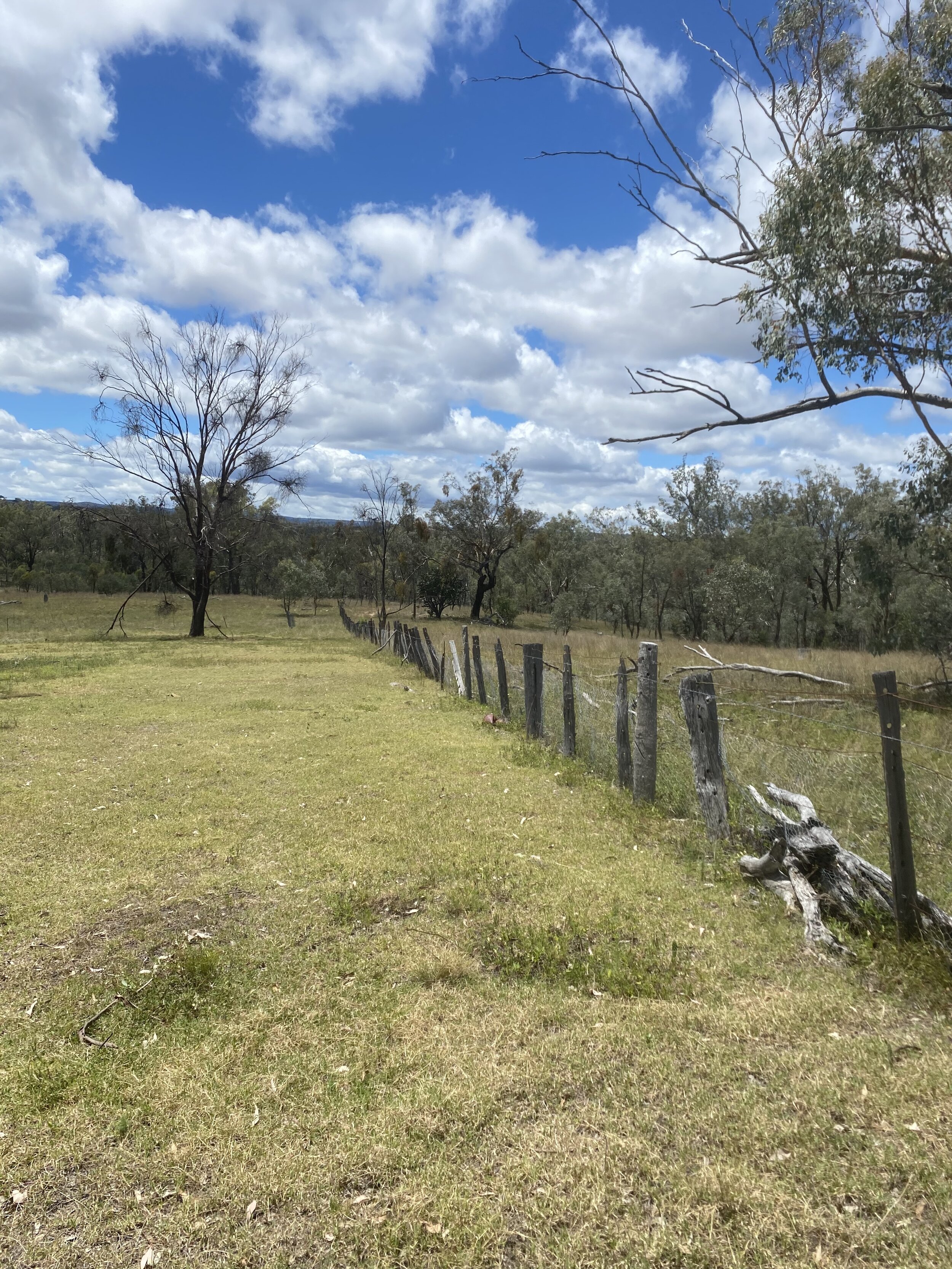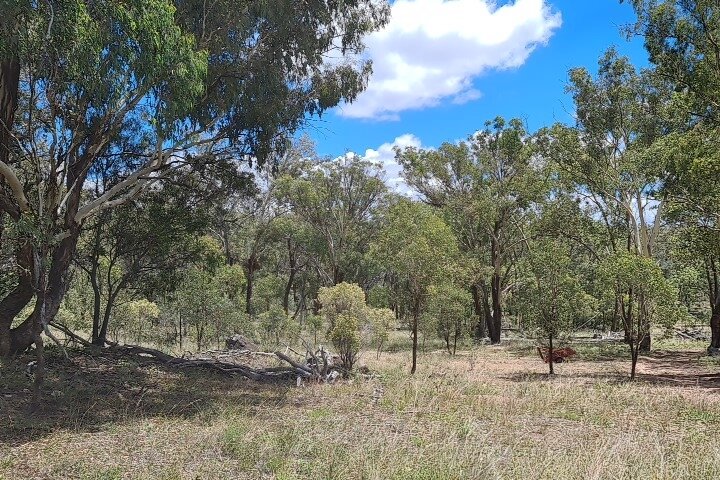
Pike Creek Biodiversity and Carbon Project
Environmental Plantings in the New England Tablelands
The project's environmental plantings are important and valuable long-term additions to the rich and unique native vegetation.
538 ha of new forest is being established in the target area, with over 1,000 ha of new and existing forest protected in total.
200,000 native trees will be planted in 2021 -target species include eucalypts, eg. Wallangarra white gum, narrow leaved ironbark, forest and tumbledown red gum, maiden and grey box.
95,000+ tonnes of carbon dioxide will be removed by the environmental plantings.
Reforestation provides control of unwanted vegetation, creates young-forest and eventual mature-forest habitat, reduces forest fragmentation and mitigates climate change through increased carbon accumulation.
By transforming a disused and neglected property in south west QLD, natural habitat is being restored and greenhouse gases are being removed.
Degraded land is being transformed to a standard that benefits native biodiversity.
'Texas Road', Pikedale
The property consists of 1028 ha disused and neglected property owned by Corporate Carbon with 538 ha eligible for plantings. Located 250 km south-west of Brisbane, Qld in the Border Rivers region the property supports:
Domestic water use, agriculture, tourism, recreation, mining and the cultural values of local Aboriginal Traditional Owners
Many native fish including threatened species, eg the Murray cod, silver perch, purple-spotted gudgeon, olive perchlet and freshwater catfish
Significant water birds, eg the great egret, brolgas, painted snipe, black-necked storks, magpie geese and royal spoonbills
Environmental Benefits
High quality carbon removals with strong co-benefits.
Active contribution to Australia’s emissions reduction commitments under the Paris Agreement.
Promotion and education of climate action activities to local communities and businesses.
Flagship project encouraging carbon removals by Australian and local corporations.
Improved water quality, sediment reduction, erosion control, riparian ecosystem enhancement, habitat connectivity, migratory bird habitat and food-chain support provided permanently for the region.
Schedule of Australian Carbon Credit Units (ACCUs) to be created over 25 years
An Australian Carbon Credit Unit (ACCU)represents one tonne of carbon dioxide equivalent stored or avoided. ACCUs are issued by the Australian Government Clean Energy Regulator (CER) under the Emissions Reduction Fund (ERF) in return for reducing the level of greenhouse gases in the atmosphere.
The integrity of the ACCUs created by this project are guaranteed by Corporate Carbon through our monitoring, verification and reporting process managedusing established ERF methodology which is subject to independent audit and review by the CER.
Restoration approach for excellence
Society for Ecological Restoration Australasia (SERA) 2018 National Standards for the Practice of Ecological Restoration in Australia are being used to increase success. The Recovery Wheel will be used to help determine success.
Plantings area
Recovery Wheel - SERA 2018
Co-benefits
Improved wildlife habitat for recorded significant species, flora and fauna
Restored endangered and of-concern regional ecosystems
Sustainable economic development and opportunities for entrepreneurship
Enhanced biodiversity and conservation values
Improved water quality in a headwater tributary to the Murray Darling Basin
Improved air quality through increased deposition of airborne particulates
Multi-seasonal nectar sources for pollinators
United Nations Sustainable Development goals that apply to the project










